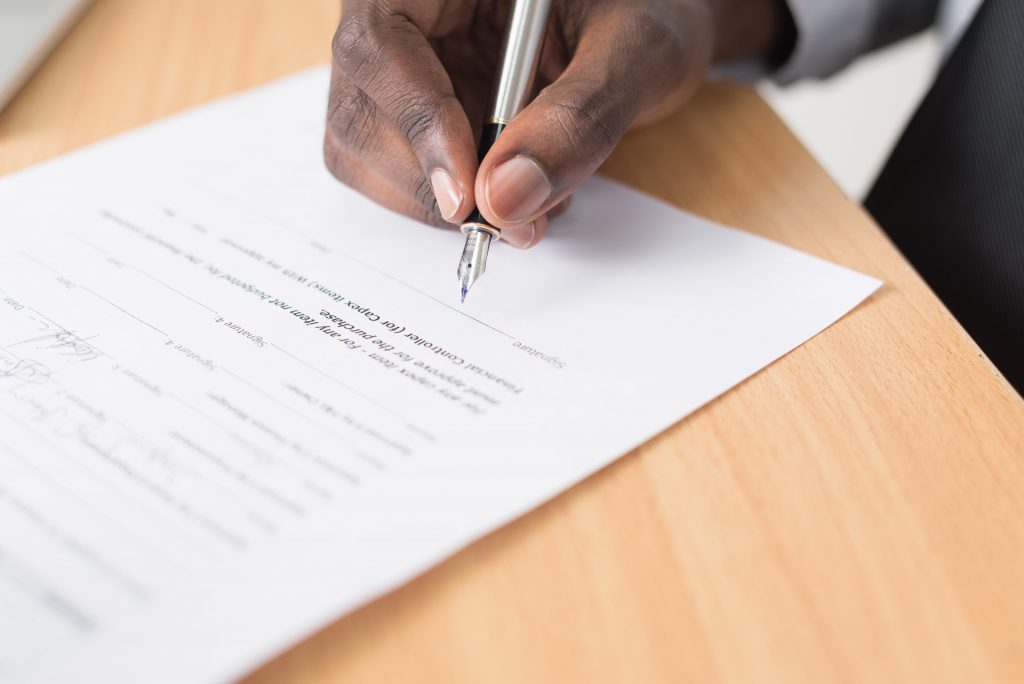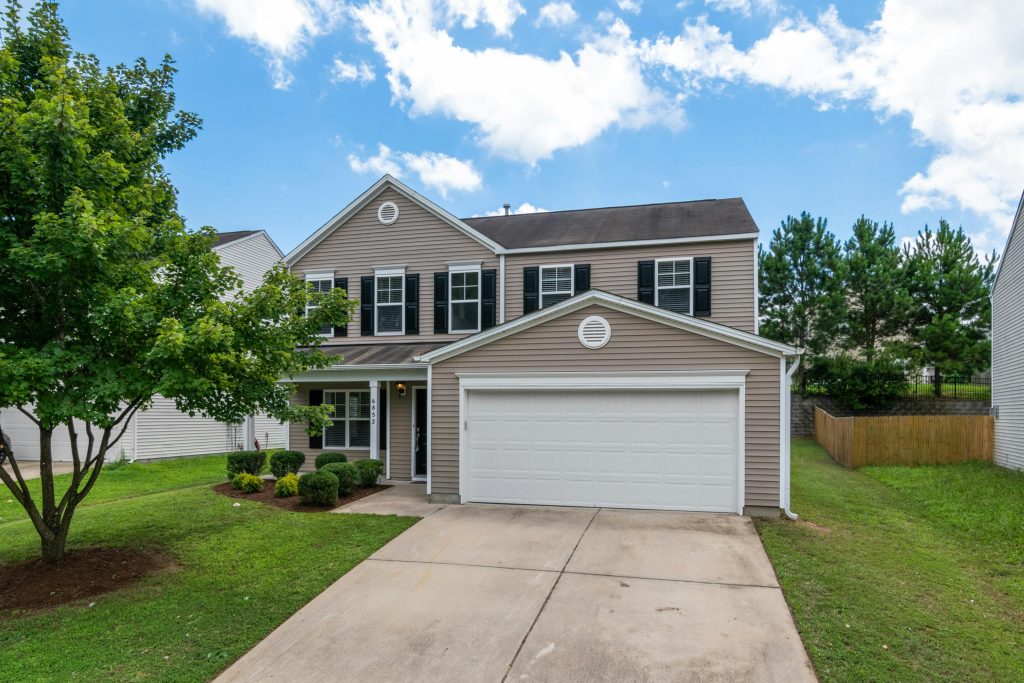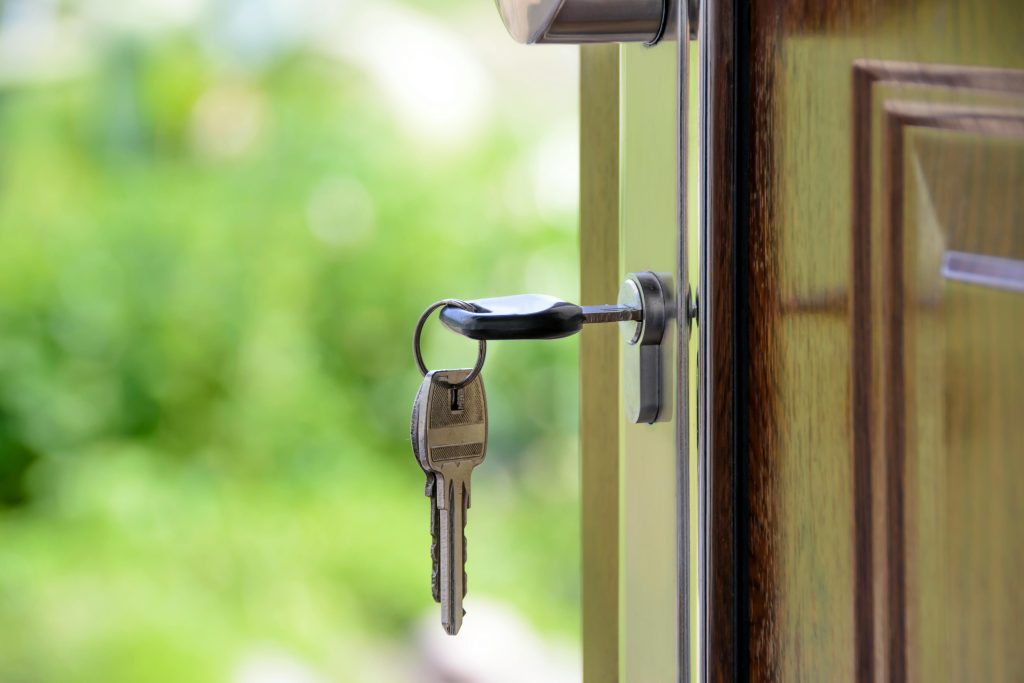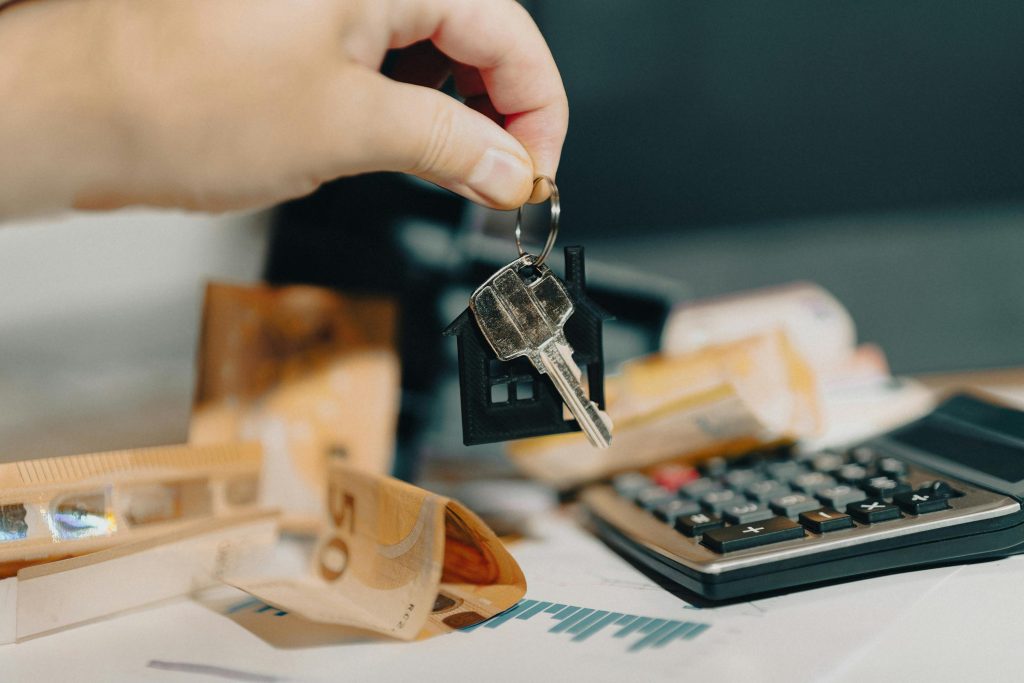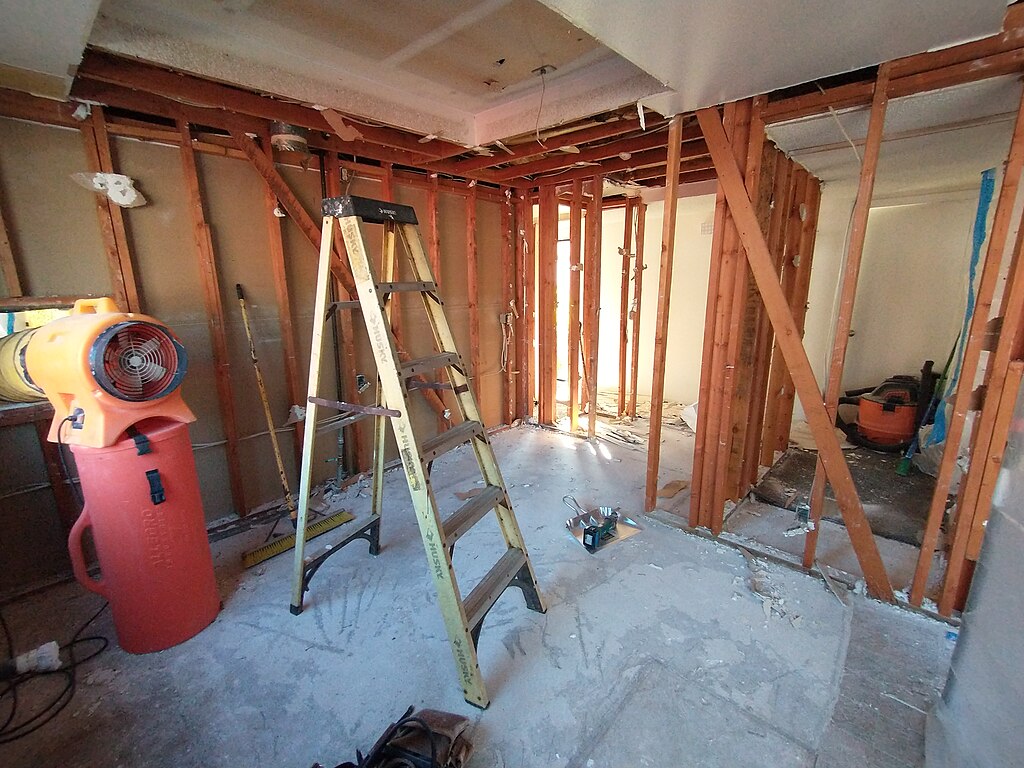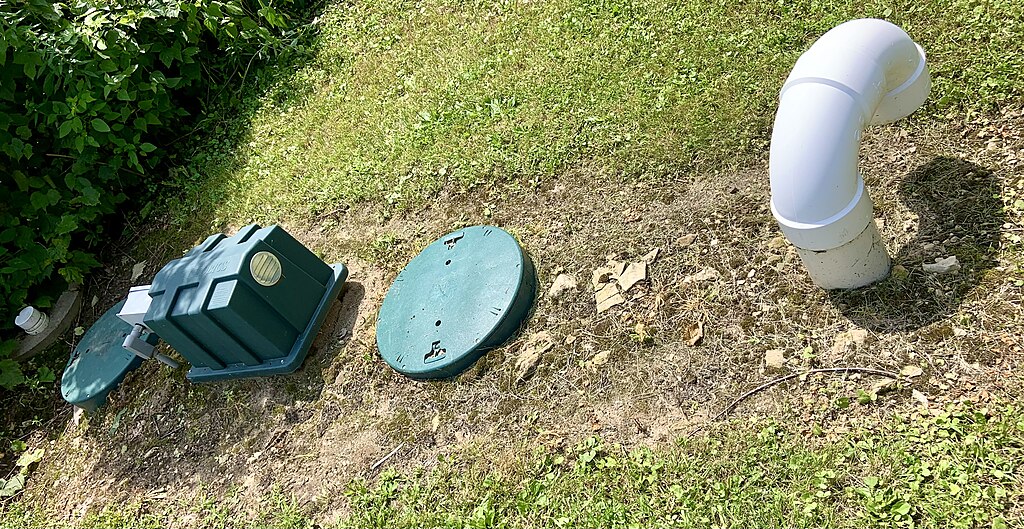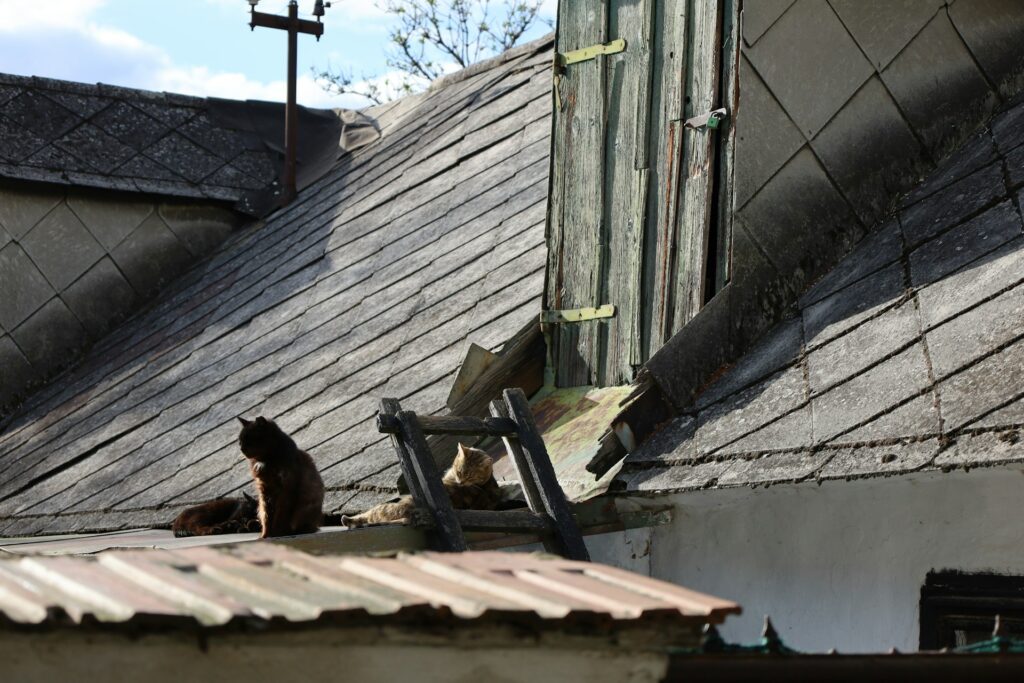Ever had that sinking feeling when it comes to your property? Subsidence is the gradual settling or sudden sinking of the ground beneath a building and can cause significant devaluation and stress for homeowners. But fear not! Here, we explore the factors affecting how much subsidence devalues a property, common causes and how to identify the signs.
The impact of subsidence on property value
Homeowners need to understand the impact of subsidence on a property’s value, as it can hugely reduce the house price. Different factors like intensity, location and repair history come into play when establishing just how much devaluation will occur from ongoing or past incidents of subsidence. All hope isn’t lost, though. And by undertaking necessary repairs prior to putting your home up for sale, you may even be able to raise its market worth and restore structural stability again.
Severity of subsidence
Devaluation of a property can be considerable when it’s affected by subsidence. To stop this decline and protect its value, engaging an expert – such as a surveyor, structural engineer or builder – to assess the damage and recommend suitable repair methods like piled underpinning, beam base underpinning, or resin injection often becomes essential. Investigating what caused the subsidence in the first place also helps so that any aesthetic issues are addressed along with functional ones. Ensuring your property’s structural integrity not only prevents deterioration but will make it more appealing to potential buyers too.
Location and soil type
Properties located in areas with high clay content soils, such as Ultisols and Vertisols distributed throughout the world, are especially vulnerable to subsidence issues. These cohesive soils can easily shrink or expand depending on their moisture level, while even non-cohesive substrates like sand and gravel have the potential to contribute to sinking conditions. Knowing your soil type and location is key when it comes to avoiding any possible effects of ground movement due to subsidence problems.
Repair history
When trying to determine the value of a property, repair history is taken into account, and insurance claims for subsidence repairs can affect how potential buyers perceive it. The time required for underpinning should be verified beforehand, as this may take up to twelve months. Make sure that your house insurance covers subsidence. It is possible to mitigate negative effects on market appeal by repairing brickwork, such as repointing or replacing any damaged bricks in order to guarantee structural integrity, which then gives prospective purchasers confidence in their investment.
How much does subsidence devalue property?
A loose percentage for devaluation banded around on the internet is 20%, however, the true answer in more nuanced and case specific. The amount to which subsidence devalues property equates to the cost of the repairs plus the perceived monetary value of the time needed to carry out the repairs. To an investor, the property may not be rentable or sellable for profit while subsidence repairs are being carried out, which means the loss of rent incurred while repairs are being done may be factored into the estimated devaluation. The actual amount of devaluation will differ between buyers, depending on how the value they place on these time and cost factors.
Identifying signs of subsidence
Cracks wider than 25mm are commonly an indicator of major structural damage that could suggest subsidence. Noticing any such signs is a good reason to contact either a surveyor or structural engineer for careful examination and help on how best to resolve the problem. Being able to detect early warning signals can save time, money, and emotional distress while managing this issue proactively. Indications of subsidence involve newly formed cracks in walls. Breaks around windows/door frames. Doors and windows becoming harder (or even impossible)to open or close, floors being slanted unevenly, gaps between ceiling structures, beams, etc., plus overall leaning or tilting effects with whole constructions respectively present as well.
Repairing subsidence damage and costs
It’s essential to address house subsidence issues in order to protect the structural integrity and value of your property, though it may require considerable costs. Repair techniques vary and can include underpinning – removing existing soil beneath the building and then replacing it with sturdier foundations that will guarantee long-term stability, repairing any brickwork damage incurred as a result, resurfacing walls on the exterior areas affected by heaving or sinking landmass. Window frame replacement for windows impacted by ground movement. To aid you when dealing with this issue, we have gone into great depth regarding repair methods available along with associated expenses one should be aware of concerning subsidence matters.
Underpinning techniques and costs
The range of average cost for underpinning, such as piled or mini-piled, mass concrete fill and beam and base techniques, typically fluctuates between £5k and £17k depending on the size and nature of the house. Certain external services may be needed, like employing a structural engineer to assess subsidence damage periodically or obtaining planning permission before undertaking any repair works. Understanding various methods related to rectifying subsidence along with associated costs is essential in order to preserve your property’s value.
Brickwork repairs
Subsidence can cause damage to brickwork, meaning repairs may be necessary. This type of repair typically includes the replacement of damaged bricks and repointing, a process where mortar joints between them are repaired. To successfully fix this issue, it’s advisable to hire an experienced professional, as structural work might also need to be done in order for the property’s structural integrity to remain intact. The cost will differ depending on how much area has been affected by subsidence and how severe. With materials costing around £120 per square metre plus labour fees that range from £150-£325 for a skilled bricklayer/mason.. Despite being costly up front, investing money into repairing your brickwork can help protect your home against devaluation caused by subsidence.
Wall rendering
The average cost of external wall rendering can be estimated to be around £60 per square metre. This process involves inspecting the walls for subsidence damage, cleaning and patching up any damaged areas, repairing structural issues if needed and then applying the actual render finish with materials such as repair compound, reinforcement tape or concrete blocks. Reconstituted stone building blocks mixed in mortar can also be used along with lintels made from concrete. Taking the necessary steps to rectify damages on your property’s exterior caused by subsidence is recommended since it helps preserve its value while increasing potential buyer appeal at the same time.
Window frame replacement
Replacement of window frames due to subsidence is essential for both proper insulation and functioning. The cost per frame can average around £325, but this expenditure could ultimately pay off by increasing the value of your home in case you decide to sell it one day and attract potential buyers. Prioritising stabilising foundations or grounds should be done prior to carrying out such replacements, as dealing with the root cause will provide a better outcome overall.
Insurance coverage for subsidence
When searching for house insurance that covers subsidence, there are certain aspects to consider. Most policies offer coverage in this area but usually won’t include properties with an existing history of subsidence problems. House insurance premiums can be pricier if a property has prior experience of such issues. Nonetheless, some insurers provide specialist plans specifically tailored to cover these types of homes and events. Looking through your policy details and enquiring about the sort of protection offered regarding subsidence plus underpinning is essential for adequate security against any related damages down the line.
Disclosing subsidence when selling a property
It is vital to be transparent about any subsidence-related issues, repairs and claims while selling a property in order to avoid potential delays in your sale. Most buyers will pay for a survey after making an offer. If the survey comes back with subsidence on the report, buyers will tend to drop out, landing you back to square one.
Options for selling a property with subsidence
Despite the difficulties, marketing a house affected by subsidence is still possible. You can choose between selling to cash buyers or reducing your asking price with an allowance for repair costs. Both options come with their own advantages and make the property more desirable in the eyes of potential customers.
Selling to cash buyers
When selling a property, opting for cash buyers may be the better option if you want to avoid potential delays in the buyer’s mortgage approvals and have a faster sale. These types of buyers are investors, ready with resources and expertise to repair subsidence issues and possibly turn them into investment opportunities. It is important, though, that homeowners should evaluate offers from them carefully so as not to meet their financial objectives or get more value out of the home than it’s worth.
Adjusting the asking price
When trying to make the affected property more attractive for potential buyers, one should adjust their asking price accordingly in order to cover any subsidence repair costs. The amount of repairs can fluctuate from several hundred pounds up to tens of thousands. This cost reduction you apply to your house’s worth will depend on how much damage has been done and what type of fix is needed. It’s important to factor into account local market conditions along with estimated repair expenses while reducing the asking price. Reaching out to an experienced estate agent could aid in figuring out a suitable reduction as well as marketing it effectively towards the right type of customers who are looking to take on a project.
Using Property Rescue
If you’re dealing with a property affected by subsidence, selling through traditional means can be a lengthy and complicated process. Property Rescue offers a hassle-free solution, buying your home directly for cash, regardless of its condition. This means you can bypass the uncertainty of the open market, where most potential buyers might be deterred by subsidence issues. With Property Rescue, you’re guaranteed a quick sale, often within 48 hours, allowing you to move home without the responsibility of costly repairs or fear of prolonged selling periods. It’s an ideal route for those looking to sell a property with subsidence issues swiftly and efficiently to a guaranteed buyer.
Expert advice on dealing with subsidence
Before taking any action regarding your property’s value, it is essential to consult with specialists such as surveyors and structural engineers. They can evaluate the extent of subsidence in detail, helping you gauge associated costs, risks and execute vital steps for addressing them correctly. By collaborating with these knowledgeable professionals, you will be able to make an informed decisions about whether to sell it directly to us without making the repairs first, or whether to repair it and sell it on the open market.

